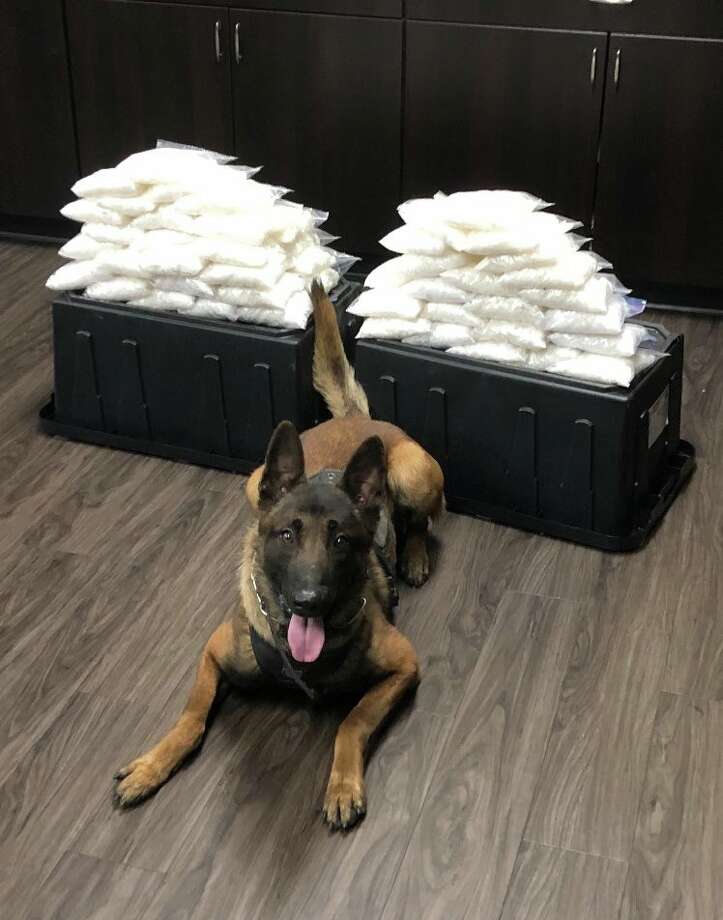As the opioid crisis continues to ravage the United States, with a record number of overdose deaths, crime groups in Latin America have taken advantage of the growing market for these drugs, producing and trafficking larger amounts of both heroin and the deadly synthetic opioid fentanyl.
Drug overdose deaths in the United States jumped to 63,632 in 2016, a 21 percent increase from the 52,404 deaths recorded in 2015, according to the
2018 National Drug Threat Assessment, the annual report by the US Drug Enforcement Administration (DEA).
Opioids — which include prescription drugs like oxycodone, synthetic opioids like fentanyl, and the illegal drug heroin — were largely responsible for the higher death toll. Cocaine overdose deaths also contributed, increasing for a fourth consecutive year.
Opioids Surge, Remain Top US Killer
Opioids accounted for 66 percent of all overdose deaths recorded in the United States in 2016, and synthetic opioids — predominantly illicit fentanyl — caused the greatest number of drug-related deaths, the DEA reported.
According to statistics from the Center for Disease Control (CDC), there were 19,413 deaths from synthetic opioids in 2016, a 103 percent increase from the 9,580 deaths reported the year before. At the same time, the DEA found that heroin-related overdose deaths nearly doubled between 2013 and 2016 to more than 15,000. Heroin overdoses were driven in large part by the drug being cut with fentanyl-related substances.
Drug trafficking organizations in Mexico clearly took notice of the increasing demand for synthetic opioids. Fentanyl seizures at ports of entry along the US-Mexico border jumped to 524 kilograms in 2017, up 135 percent from 223 kilograms in 2016.
Criminal groups in Mexico also continued to take advantage of drug users turning to heroin, which is cheaper and easier to get than prescription opioids.
SEE ALSO: Coverage of Heroin
In 2017, more than 90 percent of the heroin analyzed by the DEA came from Mexico. Meanwhile, poppy cultivation in the country rose 38 percent, from 32,000 hectares to 44,100. Potential pure heroin production jumped from 81 metric tons to 111, according to the DEA report.
The US heroin market has become so lucrative that the Sinaloa Cartel and the Jalisco Cartel New Generation (Cartel de Jalisco Nueva Generación – CJNG) are waging a
brutal battle to control it. The US Justice Department also recently targeted the CJNG with new enforcement efforts due to their role as one of the primary groups
transporting synthetic opioids, among other drugs, into the United States.
Specifically, the Sinaloa Cartel and Jalisco Cartel pose the “greatest criminal drug threat” to the United States, the DEA reported.
Recent evidence suggests that Mexico’s organized crime groups have also
expanded their existing relationships with Dominican criminal groups based in the United States, moving from trafficking primarily cocaine and heroin to fentanyl in order to adapt to shifting market demands.
South America Awash With Cocaine
Alongside the worsening opioid crisis in the United States,
booming cocaine production in Colombia is having an impact on the availability of the drug there, as well as contributing to overdose deaths.
According to the DEA, cocaine overdose deaths jumped from 6,784 in 2015 to 10,375 in 2016 — the most cocaine deaths in the United States since 1999.
Colombia’s organized crime groups, with the help of their Mexican partners, have “majority control” over the production and supply of cocaine to the United States.
According to the DEA, some 93 percent of cocaine samples tested in 2017 were of Colombian origin. What’s more, US officials
estimated that potential pure cocaine production in Colombia increased 19 percent between 2016 and 2017, from 772 metric tons to 921. Coca cultivation was also estimated to have jumped to 209,000 hectares in 2017, an 11 percent increase compared to the 188,000 hectares in 2016. This means that Colombia produced a record amount of cocaine for the
second consecutive year.
While the Andean region grows nearly all of the world’s coca, Colombia’s title as the
principal source of cocaine to the United States has helped fuel a new era of criminal violence in the country.
SEE ALSO: Coverage of Cocaine Production
The absence of the now largely demobilized Revolutionary Armed Forces of Colombia (Fuerzas Armadas Revolucionarias de Colombia – FARC) has left ex-FARC mafia groups and the Urabeños as the
top players in the country’s drug trade. Other competing criminal groups like the Popular Liberation Army (Ejército de Liberación Popular – EPL) and the National Liberation Army (Ejército de Liberación Nacional – ELN) are also
fighting to control some of the country’s most prized cocaine hubs.
However, the average retail price of one pure gram of cocaine decreased between 2012 and 2017, while the average purity increased, suggesting that demand in the United States has not fully adapted to the boom in supply. The result has been the creation of a cheaper but more pure product than what has been seen in years past, according to the DEA. This might also explain why criminal groups in South America are
increasingly exploring new markets in
Europe.

The most popular trafficking route for cocaine coming out of Colombia, Peru and Bolivia — the world’s main suppliers of cocaine — was the Eastern Pacific route, where 84 percent of cocaine that was documented to be leaving South America transited, according to the DEA. The number of drug shipments flowing around the Galapagos Islands also increased considerably in 2017, suggesting that Ecuador’s importance as a
transshipment point continued to increase.
The number of hectares used for coca cultivation in Peru jumped just 13 percent to 49,800 hectares in 2017. Pure potential cocaine production, however, increased by 20 percent and hit 491 metric tons, the highest levels recorded in 25 years, according to
estimates released by the White House Office of National Drug Control Policy (ONDCP).
It’s unclear why there was a greater increase in cocaine production per hectare of coca, but InSight Crime made similar observations while conducting field research in Colombia. It’s possible that increased innovation in the way in which coca is grown could be a factor.
For its part, the number of hectares used for coca cultivation in Bolivia in 2017 decreased by 17 percent, to 31,000 hectares. Pure potential cocaine production also decreased by almost 10 percent to 249 metric tons, according to the ONDCP.
Bolivia and the United States have
clashed over anti-drug efforts in the past, but the decrease in coca crops and overall cocaine production suggests that the Bolivian government’s
anti-drug strategies might be having more of an effect than the more
heavy-handed strategies used in Colombia and Peru, which are often supported by the United States.





 )
)




